At a presentation in Cupertino at the start of September, Apple unveiled the iPhone 14 series, giving us our first taste of the many 2022 variants.
The iPhone 14, iPhone 14 Plus, iPhone 14 Pro, and iPhone 14 Pro Max are the four devices that make up this series. There will not be a smaller iPhone released this year.
To help you decide which of the four iPhone 14 devices is appropriate for you, we’ve compared them according to their official specifications and our own hands-on experience.
Comparing the Displays of the iPhone 14 and iPhone 14 Pro
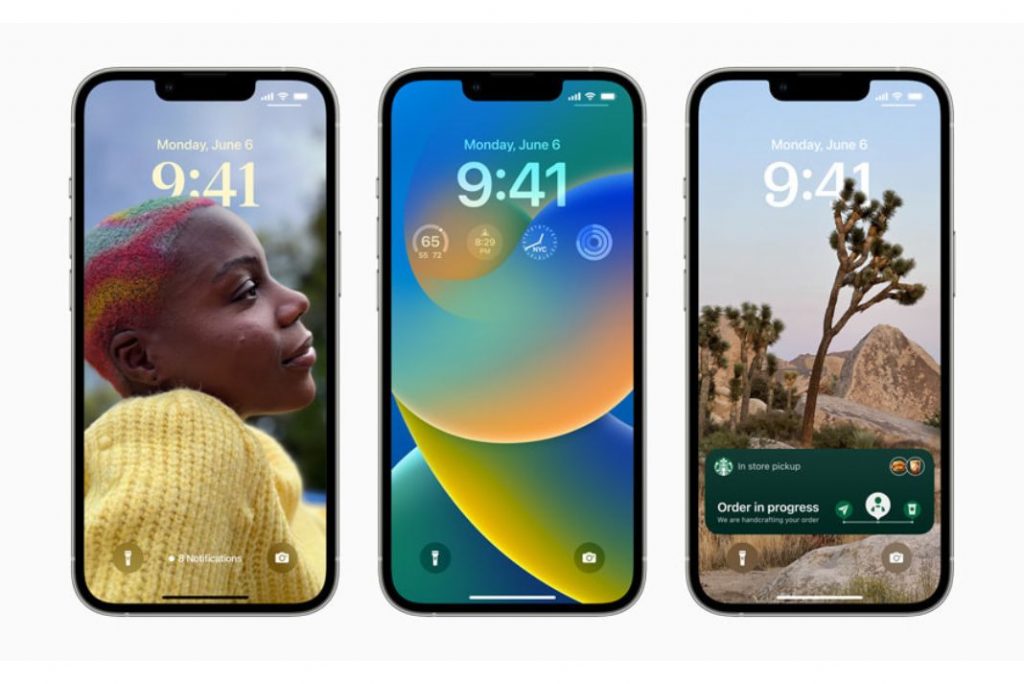
The display represents the primary visible difference between the two models. Super Retina XDR OLED HDR displays, Wide Color (P3), True Tone, and Haptic Touch are shared by both devices, as are their 6.1-inch screen sizes.
To begin, the display on the iPhone 14 Pro is always-on, so you can see the time and date and any widgets you’ve set up on the Lock Screen even when the phone isn’t being used. When using an iPhone 14 Pro, you don’t have to wake it up to get a quick look at these details, unlike with an iPhone 14.
There is a slight resolution variation even if they print to the same size. The resolution of the iPhone 14’s screen is 2,532 by 1,170 pixels, while the resolution of the iPhone 14 Pro’s screen is 2,556 by 1,179 pixels.
The pixel densities are the same at 460 PPI regardless of the resolution.
Designs for the iPhone 14 and iPhone 14 Plus
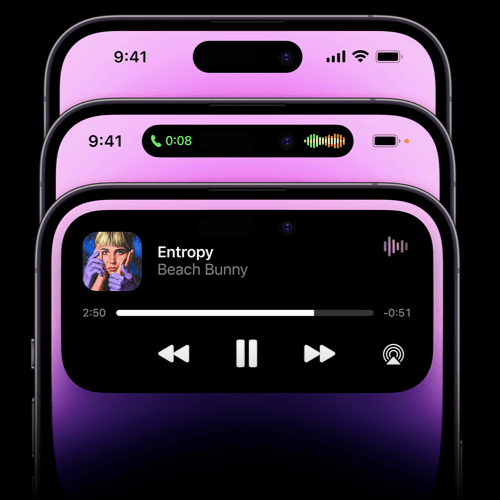
Apple’s base-level iPhone 14 devices look identical to the iPhone 13 models, with the notch at the top of the screen remaining unchanged. As expected, the iPhone 14 Plus looks just like the iPhone 14, only bigger.
Both sizes have two lenses, flat sides, and an aluminum frame, just like in years past. Additionally, they have an ingress protection rating (IP) of 68, meaning they are protected against water and dust.
The iPhone 14 Pro, however, looks different from the regular iPhone 14 and every other iPhone before it.
According to rumors, Apple has replaced the notch with a new design feature called Dynamic Island. This is a pill-shaped cutout that serves as a home for the front-facing camera and sensors and a display area for various animated widgets. Dynamic Island will respond to your actions by displaying relevant notifications.
If you use Apple Pay, the Dynamic Island will change shape to accommodate the transaction, and if you’re in the middle of a phone conversation and switch apps, it will expand to display the time remaining in the call and sound waves. The 14 Pro and 14 Pro Max significantly depart from Apple’s previous design language, but this is an improvement.
Which Is Faster, an iPhone 14 or a Pro 14?
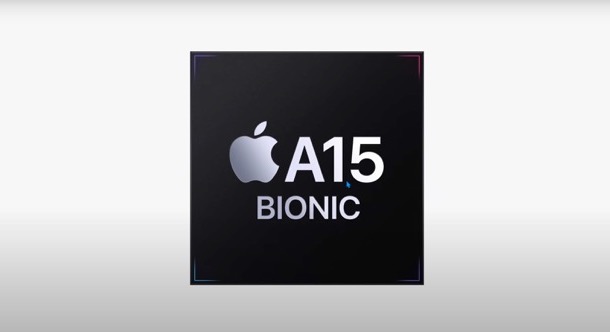
The non-Pro and Pro models share the same chips in a typical update. The year 2022 is too far away for that to occur.
The A16 Bionic in the iPhone 14 Pro is “40% faster than the competition,” thanks to its 6-core CPU with 2 performance and 4 efficiency cores. The memory bandwidth of the 5-core GPU has been increased by 50%, and the Neural Engine’s 16 cores can perform about 17 trillion operations per second.
Apple maintained the A15 Bionic in the iPhone 14 Pro but opted for the variant utilized in the iPhone 13 Pro, which featured an additional GPU core compared to the iPhone 13. As a result, it has a Neural Engine with 16 processing cores and a processing speed of 15.8 trillion operations per second; the CPU has 6 cores (2 performance and 4 efficiencies); the GPU has 5 cores, and the CPU has 6 cores.
It’s safe to tell that the iPhone 14 has a proven and powerful chip, even without benchmarks to state precisely how big of a difference there is. However, the version on the iPhone 14 Pro is superior.
Comparison of iPhone 14 and 14 Pro Features
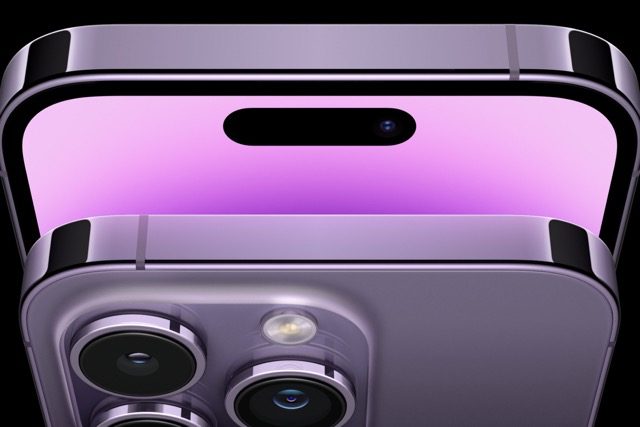
The A15 chipset with a five-core GPU is also used in the Apple iPhone 14 and Apple iPhone 14 Plus, therefore performance is identical to that of the iPhone 13 Pro. The A15 was also used by the iPhone 13 and iPhone 13 mini, but its four-core GPU set them apart.
The A16 chip included in the iPhone 14 Pro and iPhone 14 Pro Max, on the other hand, provides improved performance over the A15 found in the regular iPhone 14. When comparing iPhone models from the same series, this is the first time Apple has employed a variety of semiconductors.
The regular models’ storage options are identical to those of the iPhone 13. That gives you a range of storage capacities from 128 to 256 to 512 gigabytes. There are 128GB, 256GB, 512GB, and 1TB variants of the iPhone 14 Pro.
The regular and Pro models of the iPhone 14 have differing battery capacities, as do the Plus and Max variations.
According to Apple’s comparison sites, if you use video playback as your selected comparison. You can expect 20 hours for the normal iPhone 14 and 26 hours for the iPhone 14 Plus. Both the iPhone 14 Pro and iPhone 14 Pro Max will have at least a 23-hour battery life.
We have not yet put the new iPhone 14 models through their paces. But if we do, we will update this section to reflect our findings on their battery life.
Distinctive Functions of the iPhone 14 and 14 Plus
The iPhone 14 and Pro water and dust resistance is classified at IP68. So they can be submerged in water up to 6 meters deep for up to 30 minutes without damage.
Crash Detection is a new function in the iPhone that uses the device’s internal sensors to assess if an accident has occurred. If the user doesn’t react after an accident with their iPhone, emergency services will be contacted automatically.
Both models will ditch the SIM card tray and instead use eSIMs in the US. Using both a traditional SIM card and an eSIM will still be available on models sold in other regions.
Cameras
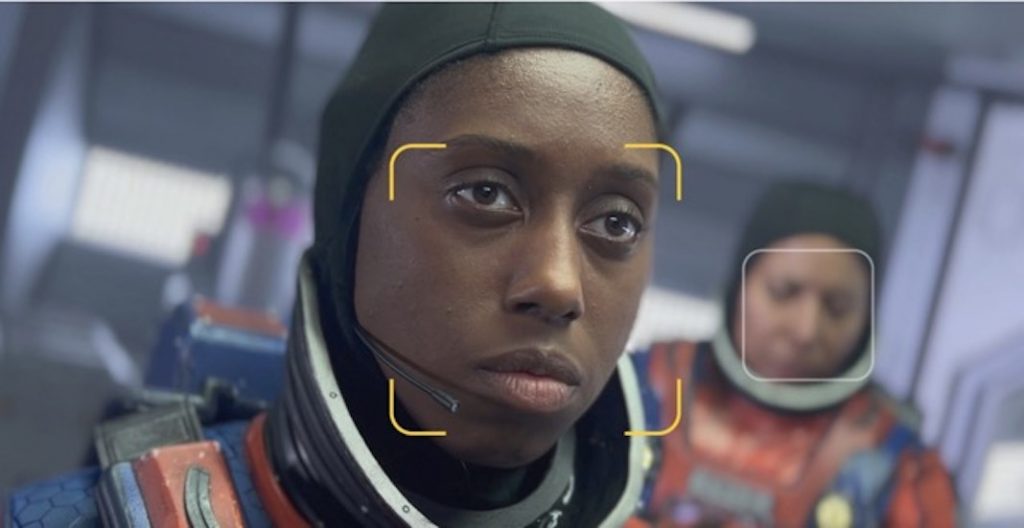
The Apple iPhone 14 and 14 Plus includes a dual-lens camera on the back. Besides the primary 12MP wide-angle camera, you also get a secondary ultra-wide-angle camera. The main camera has been improved to the same as the iPhone 13 Pro. So it now has a slightly wider aperture of f/1.5 instead of f/1.6 but otherwise retains the same resolution as the iPhone 13.
Meanwhile, there was a significant update to the iPhone 14 Pro and iPhone 14 Pro Max. There is a main sensor with 48 megapixels. An ultra-wide sensor with 12 megapixels, a larger aperture, and a telephoto sensor with 12 megapixels.
Using its telephoto lens and 15-times digital zoom. The iPhone 14 Pro can take your photos and videos to new heights. The normal 14-inch iPhone has a digital zoom of 5x but no optical zoom. ProRES is available on the Pro versions, allowing for raw 48-megapixel photography.
Across all four models, you may find options like Portrait Mode with Depth Control, Night Mode, Photographic Styles, and Cinematic Mode. All four iPhone 14 versions include Action Mode and a Photonic Engine, which is supposed to enhance low-light photos.
Choice Between the iPhone 14 and iPhone 14 Pro
The Pro versions have long been established to include far more features than the standard ones. It’s the same once more. But the chasm between them appears to have increased significantly due to the absence of changes to the iPhone 14.
Normally, when comparing two products with such similar specifications, one could wonder if the price difference is warranted. This would be a tricky inquiry in most cases, but not this one.
Compared to the iPhone 14’s minor refresh, the improvements found in the iPhone 14 Pro look substantial.
In exchange for an additional $200. You may upgrade to the Pro model and take advantage of the third camera as well. A substantial upgrade in the resolution of the primary camera from 12MP to 48MP. What’s more, the Pro series is known for including standard LiDAR.
The A16 Bionic also significantly increases performance, longer battery life, and an always-on, brighter display.
To get the most out of your money. If you’re upgrading to an iPhone 14 and have $200 to spare, we recommend upgrading to an iPhone 14 Pro.
Conclusion
The design, materials, CPU, storage options, battery capacity, display features, and camera offerings of the ordinary iPhone 14 models differ from those of the iPhone 14 Pro versions.
Flat corners, Face ID, the iOS 16 software experience, front-camera enhancements, and screen sizes are all shared characteristics. Overall, Dynamic Island plays a larger role in making this year’s iPhone 14 Pro models stand out from the crowd.


























![The Apex Legends Digital Issue Is Now Live! Apex Legends - Change Audio Language Without Changing Text [Guide]](https://www.hawkdive.com/media/5-Basic-Tips-To-Get-Better-On-Apex-Legends-1-218x150.jpg)






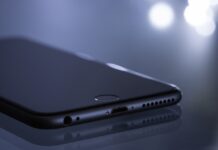
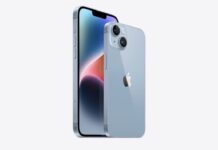
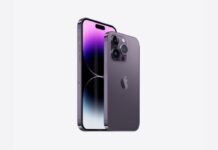


![iPhone 14 Pro Battery Drain Issue [Fixed] 20+ Best Free iPhone Apps of 2023](https://www.hawkdive.com/media/iPhone-14-battery-drain-issue-218x150.jpg)